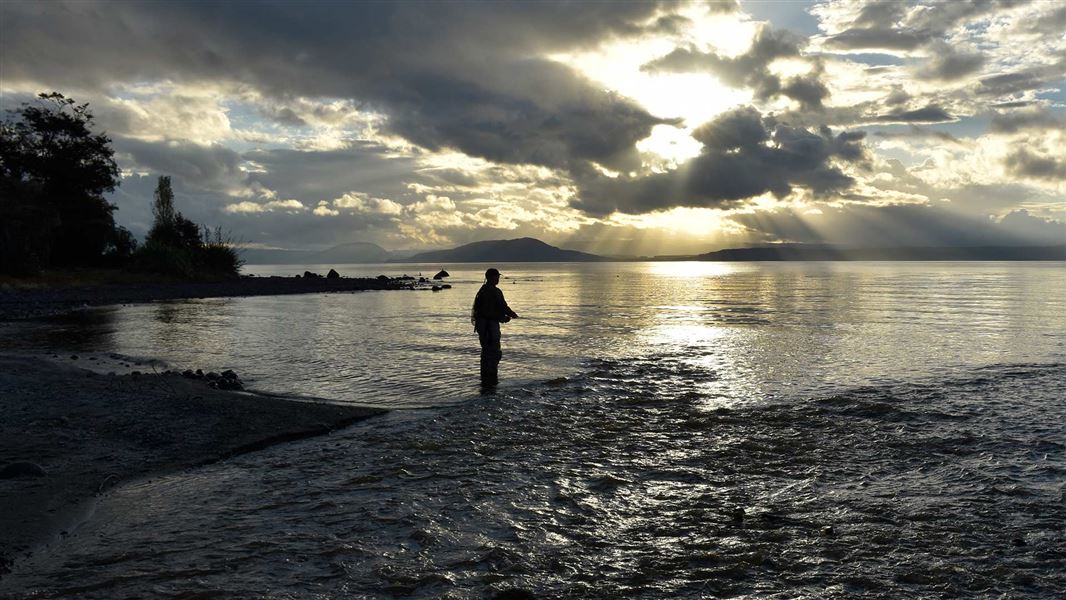Natural setting
The volcanic landscape of the Taupō Fishing District provides the backdrop to a multitude of beautiful rivers and streams which flow into the expansive Lake Taupō – the largest freshwater lake in the southern hemisphere. The near pristine water quality provides an ideal habitat for trout, which results in some of the best trout fishing in the world. However, the uniqueness of this fishery extends beyond its natural assets and the quality of its trout.
Management approach
The collaborative approach to fishery management is also unique in New Zealand and acknowledges the close ties Ngāti Tūwharetoa has long held to their natural resources.
Ngāti Tūwharetoa has always maintained a direct relationship with the Crown which ultimately led to a partnership with DOC and the establishment of the Taupō Fishery Management Team – the management structure in place today.
The driving philosophy behind our management approach is to nurture a world class wild trout fishery which supports sustainable harvesting with a minimum of management interference. To achieve this, we must understand how trout populations respond to pressures imposed by the natural environment, recreational angling and kai gathering. A robust scientific programme has been established to gather this information which in turn is used to guide fishery management decisions.
In addition to a close working relationship with local businesses and other agencies, we work with stakeholders and representatives from the angling community through the Taupō Fishery Advisory Committee (TFAC).
With exciting river and lake fishing set in a stunning natural setting available all year round, anglers from across the globe are drawn to the Taupō Fishing District. This makes trout fishing integral to the economic wellbeing of Taupō and the wider region.
Read about the legislation that underpins the current management structure
